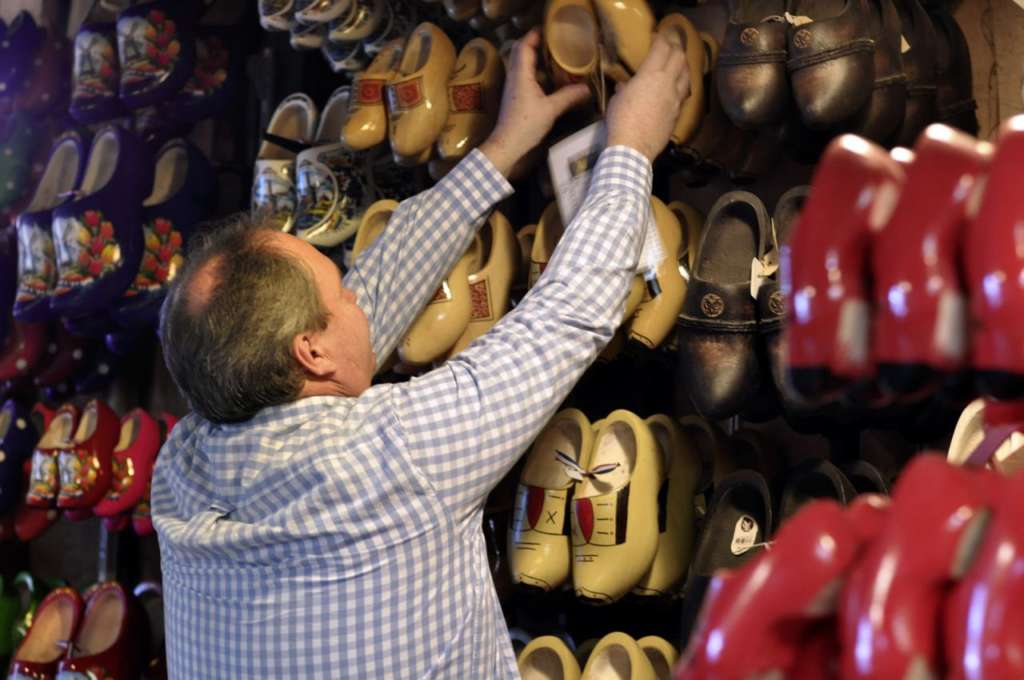Amsterdam, London- Only about 30 Dutch clog-makers still remain in the country, fighting to save a dying craft with the wooden shoes, and to preserve their profession that survived over generations.
Even though clogs have been made for centuries across many countries such as in France and Britain, they have become as synonymous with this lowlands country of 17 million people as tulips and windmills.
According to an AFP report, Nicole van Aarle professionally uses a special metallic tool to mold a wooden shoe and the wood veneers fill the air. The walls of her workshop in the southern Dutch town of Aarle-Rixtel are adorned with clogs of all shapes and sizes.
This former soldier, who is proud of being a fifth-generation clog-maker, said: “I work when I can. In the evenings, or after dropping the kids off at school, at weekends. But I can’t make a living just from making clogs”.
At 40, she is one of the country’s youngest clog-makers and represents the future of a trade in which most craftsmen are already reaching retirement age.
According to Jack van der Voort, president of the Dutch Clog Monument association, only 30 clog-makers remain in the Netherlands, among them 15 give high-quality production.
The Dutch Heritage Centre says the situation is very worrying. The Union’s member Pieter van Rooij says preserving this craft is long overdue, to ensure that it is handed down to future generations. Otherwise we will lose this craft considered a Dutch icon.
Nicole van Aarle stressed the importance of this profession. She said it’s like fries in Belgium or German sausage, “we have to preserve it.”
Everyone wants to eat fries, but clogs are difficult to walk in, so it’s more complicated, she added.
Van der Voort notes that clogs made from a single piece of wood are warm, dry and not very expensive. “You can adapt the shape of the shoe to your job, to the ground on which you work, to the region,” he added.
Up until World War II, clogs were the footwear of choice for most Dutch people. But after it ended, people gave up on clogs for shoes made of leather and rubber.
Nicole, Jack, and other professional clog-makers have started to organize markets, festivals and even a national clog-making championship in their passion to keep their handicraft alive.
Van der Voort asserts that clogs attract people who are beginning to become interested in their traditions again.
Van Aarle continued by saying that young people going to music festivals are sometimes wearing clogs. They keep them clean of mud, they’re easy to take off outside a tent and protect them from people stepping on their toes.
For her and her father, clogs are an essential part of their familial and Dutch identity. She said that she grew up watching her father making clogs and she wanted to learn when she was 18 or 19. At first her dad refused, seeing no point in teaching his daughter a craft with no future. But he eventually gave in, in face of her persistence.
